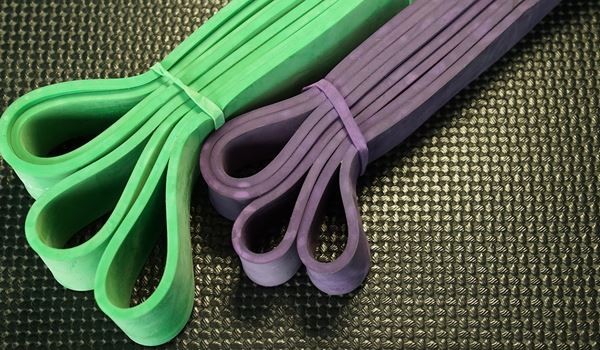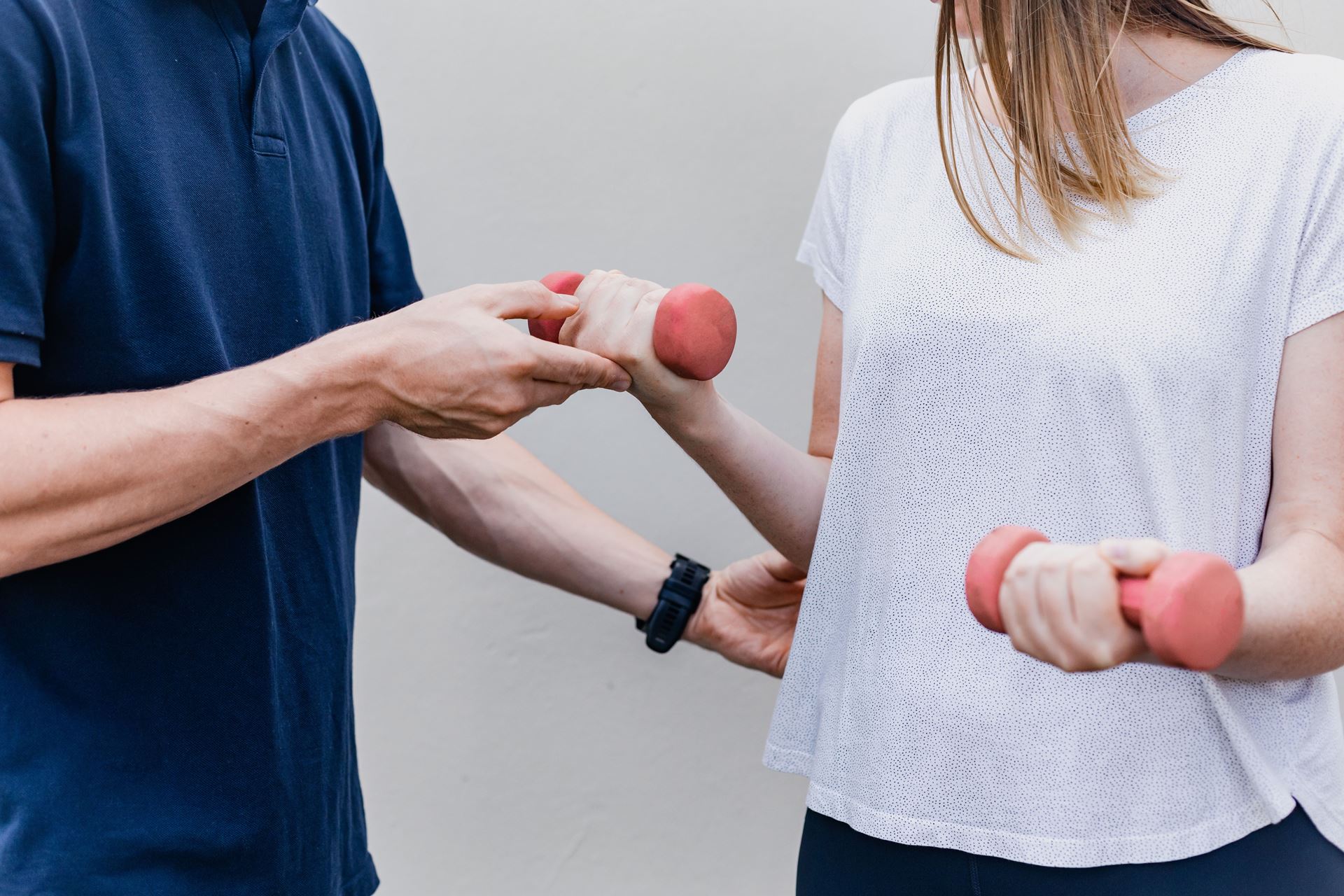Urinary Incontinence and Prolapse
Urinary Incontinence
What is Urinary Incontinence?
Urinary incontinence is the involuntary passing of urine and is a common condition affecting millions of people worldwide.
Types of incontinence include:
- Stress Incontinence: Leaking of urine when your bladder suddenly experiences pressure, e.g. coughing laughing
- Urge Incontinence: A sudden urge to pass urine immediately or very shortly.
- Overflow Incontinence: Inability to fully empty bladder leading to slow leaking of urine.
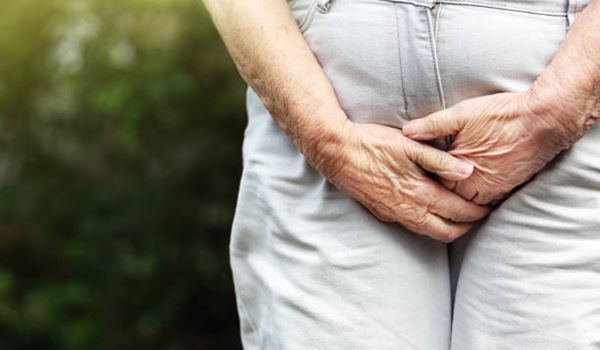
Lifestyle and Incontinence
Incontinence is difficult to prevent all together but their are small lifestyle changes that can signicantly reduce frequency of episodes.
Healthy Weight
Being Overweight increases the risk of urinary incontinence and therefore maintaining a healthy diet and regular exercise are imperative.
Drinking Habits
Your GP will advise you on how best to manage your fluid intake. It is important to know that alcoholic and caffeinated drinks (coffee, tea, some carbonated drinks) can irritate the bladder and produce more urine. Reducing intake of these can be helpful.
Pelvic Floor Exercises
Things like increasing age and being pregnant can cause muscles in the pelvis to weaken over time. You can either:
- Watch this video on how to strengthen these muscles.
or
- Fill in the form below for direct physiotherapy support
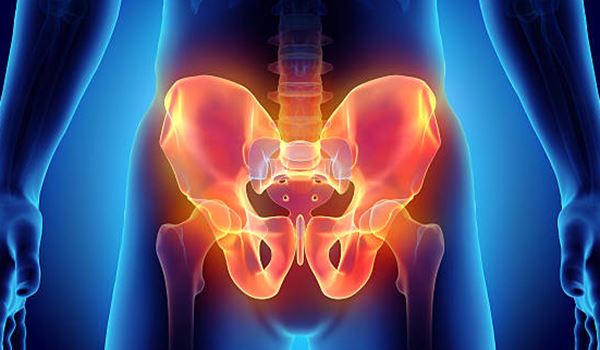
Living with incontinence

Treatment
Treatment for incontinence
If lifestyle changes are not sufficient, there are other options which your GP may be able to help advise you on.
Medication:
- Stress incontinence can be treated with Duloxetine, a former antidepressant which helps keep muscle tone.
- Urge incontinence can be treated with a group of medicines called "antimuscarinics".
- Possible side effects include: Nausea, dry mouth, tiredness, constipation.
Surgery
- Surgery for stress incontinence inlcudes lifting the neck of the bladder by a method called "suspension" to reduce urine production from pressure.
- Procedures for urge incontinence are less invasive and include either botox injections to reduce muscle overactivity or nerve stimulation which reduces the urge to pee by reducing signals from the brain.
If you are interested in Surgical options, please book an appointment to speak to a GP.
Pelvic Organ Prolapse
What is a prolapse?
Pelvic organ prolapse can be when either the bowel, bladder or uterus slip out of their normal position and press into the vagina.
It is very common with 1 in 10 women over the age of 50 years experiencing symptoms.
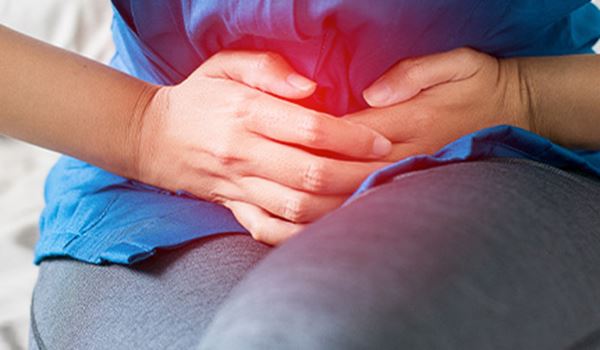

When should I suspect a prolapse?
Common symptoms include:
- Feeling of heaviness in your lower tummy
- Dragging discomfort around vagina
- Feeling of seeing a bulge in or outside of your vagina
- Symptoms of Incontinence

What treatment is available?
Lifestyle changes explained earlier in this section are also applicable to helping reduce prolapses.
Here, we have GP's who specialise in ring pessary insertion (a small device which helps re-position the organs). Book a consultation with them to discuss.
If your GP suspects that the prolapse will require surgical treatment, they will discuss this with you.
Helpful Links
Page created: 04 September 2020

